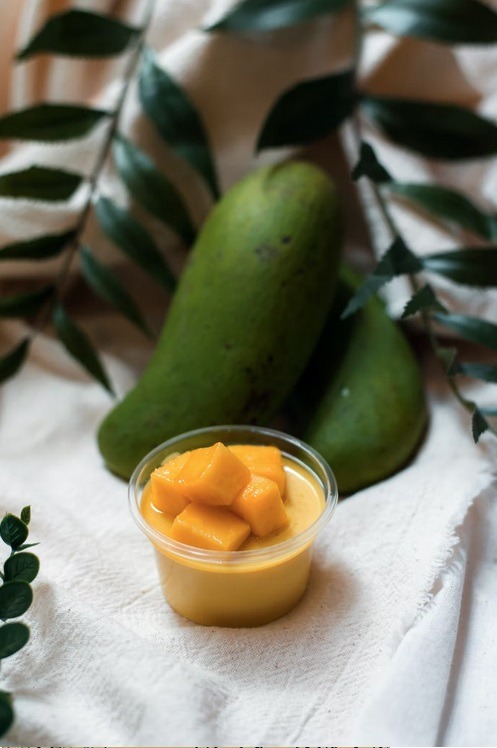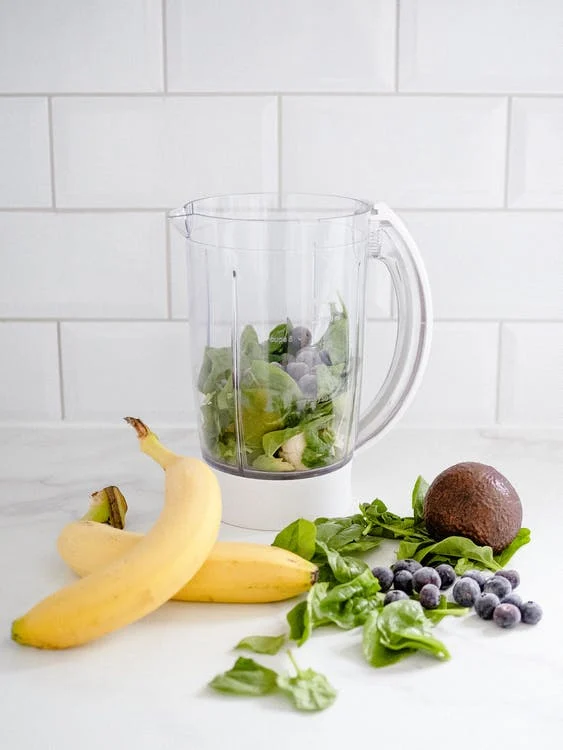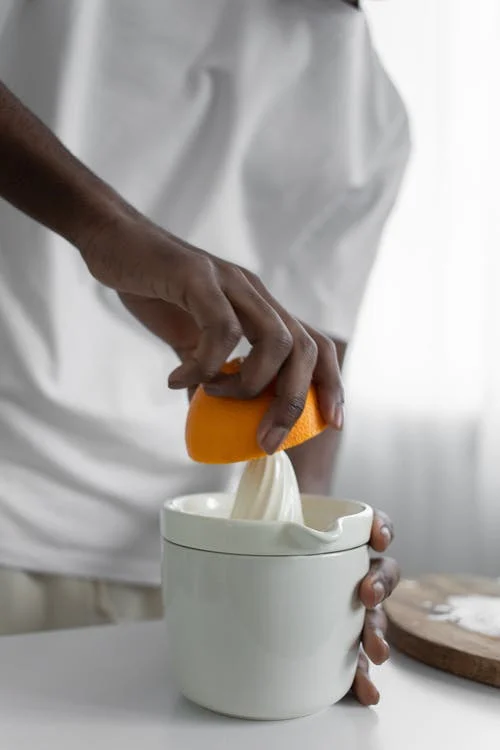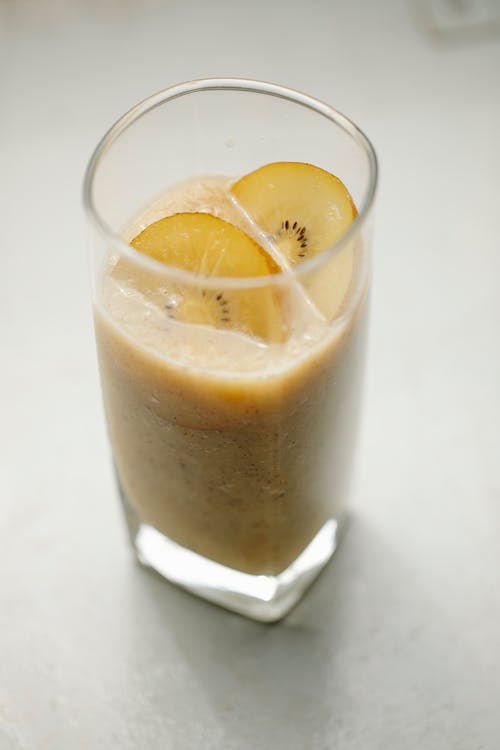The pulp of different fruits and vegetables is healthy and contains a lot of nutritious benefits. While juices are also not bad, you lose some important nutrients in the process of juicing, including Vitamin C, fiber, and flavonoids. However, pulp usually contains all the benefits of a fruit/vegetable. Therefore, to reap all the health benefits, you must know how to make pulp, and more importantly, how to get the right amount of pulp.
Health Benefits of Pulp
Almost 95% of fiber and half of the nutrients of fruits and vegetables are present in the pulp. It reduces the risk of many diseases, including obesity, type 2 diabetes, cancer, and cardiovascular diseases. Today, only 1 out of 10 Americans, consume the serving of fruits and vegetables that contains enough amount of fiber for their health and wellbeing.
That is because mostly, people tend to make juices of the fruits or serve them in other ways that take out all of their nutritious benefits.
- The pulp contains fiber, which is essential to regulate body sugars – keeping hunger and blood sugar in check.
- To maintain good health, the human body needs 20 to 30 grams of fiber per day, but most of us only eat 15 grams a day.
How to Make Pulp – and Get the Right Amount of Pulp
Making pulp is not the difficult part but getting the right amount is. Most of us extract the pulp out of fruits and vegetables but in the wrong way. To make sure that no pulp is wasted, and you don’t miss out on the fiber, take a look at some easy tips and tricks, for you to get the maximum amount of pulp, from your favorite fruits and vegetables.
1. Use High-quality Juicers
Mostly, food processors or blenders are used to make pulp. However, you can also make do with juicers. Several juicers and blenders are used to make fresh juices and pulp. However, there are no particular appliances available to make pulp at home. Most of them are available for industrial use.
Therefore, it is advised to invest in high-quality juicers and food processors, and not the ones that waste a lot of your pulp, through faulty mechanisms. Apart from the Lexen Juicers, the best in town, there are also many other options that you can explore.
Read more about the best juicer for leafy greens.
Centrifugal Juicer vs Masticating Juicer
To start with getting the right amount of pulp, first, you need to know about the two main types of juicers – centrifugal and masticating. Both of these machines produce the juice by forcing the fruits and vegetables against the sharp screen. However, a centrifugal juicer uses the centrifugal force, while masticating juicer uses a turning screw to push the produce against the screen.
Although both of them come with distinctive features, a Centrifugal juicer is better than a Masticating juicer – as it will help you make pulp easily. That’s because they use a spinning blade to shred vegetables and fruits into pulp. After that, the juice is then pressed through the pulp. You can operate the juicer for a few minutes, and when you know that the pulp would be ready now, you can turn it off.
If you’re looking for a worthy masticating electric juicer, take a look at Lexen Juicer that’s best for juicing leafy greens, fruits, vegetables, and wheatgrass.
2. Don’t Waste the Leftover Pulp from Juices
If you don’t want to make pulp through traditional methods, there’s another way that can help you extract the right amount of pulp. In case you are juicing every day, you’d know that there is a lot of pulp to deal with. Whether it’s the juice of light vegetables like carrot, or fresh citrus fruits, like orange, most people throw out the leftover pulp.
What you can do is not dump the fibers into the bin, enjoy fresh juices, and ALSO make good use of that pulp. However, you have to use it immediately after juicing, so that it remains fresh. To store the pulp for a long time, put it in a glass container or a zip lock bag with a tight lid. You can also freeze your pulp for future use. One thing to keep in mind is that it can’t apply to all types of juicer pulps.
- The leftover pulp from the juices of tomatoes, grapes, and other fruits and vegetables should not be consumed by dogs. Therefore, make sure to not make the dos biscuits out of the pulp of these foods.
- Apple and carrot pulp are the most flexible and can be used to make many good recipes.
3. Use Unripe Fruits to Make Pulp – Increasing the Health Index of the Pulp
While most people may think that ripe fruits will produce more pulp, medical science says otherwise. Let’s talk about how to get the right amount of pulp that is also healthy. The simplest way to do this is by using unripe fruits, mainly because they are healthier than the ripe ones.
How Unripe Fruits are Healthier than the Ripe Ones?
The nutritional composition of fruits changes, as they ripen. Enzymes start to break down the starch into simple sugars, and resultantly, GI (glycemic index) starts to rise. Ripe fruits are lower in fiber and will also give you a greater spike in blood sugar. There is also a loss in mineral content and some vitamins, but that can be slowed down by letting them ripen in the fridge.
Benefits of Unripe Fruits – and Their Pulp
Henceforth, try to make the pulp of unripe fruits, to reap the benefits of the fiber as much as possible. There are many health benefits of unripe fruits, that’ll also provide the required nutrition to you in the form of pulp.
- Unripe fruits have a higher amount of digestive-resistant starch, which significantly improves digestive and gut health.
- They are used to treat digestive disorders, including gastric juice deficiency, indigestion, and many more.
- Because of the low sugar content, unripe fruits are good for diabetic patients.
- Most fruits contain high levels of Potassium, Vitamin B6, and Vitamin C, that is important for the absorption of iron and the proper functioning of the immune system.
Why Pulp over Juices?
As discussed above, the pulp is more fibrous than juices. Apart from that, it is medically proven that blending whole fruits contain a larger amount of phenolic compounds than juices that are prepared by just flesh. Additionally, according to the US National Library of Medicine National Institutes of Health, pulps also have stronger antioxidant activities.
More importantly, juices are a concentrated source of calories. Therefore, it’s not an ideal method of fruit consumption for someone, who’s trying to keep their calories or carbohydrates in check.
Make the Most out of Pulp!
When it comes to the nutritious value, the pulp will always be a better option, as compared to juices. Although juices detoxify the body, the pulp is almost the fruit/vegetable in its whole form. Therefore, try to go for the pulpy version of your favorite fruits and vegetables and not the juicy one, and once you’ve got the right amount of pulp, make the most out of it – by not letting it get rotten or combining it with weird food combinations.





